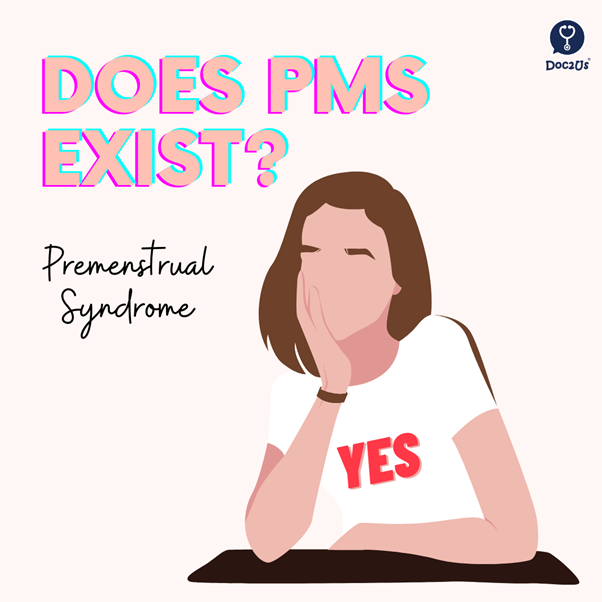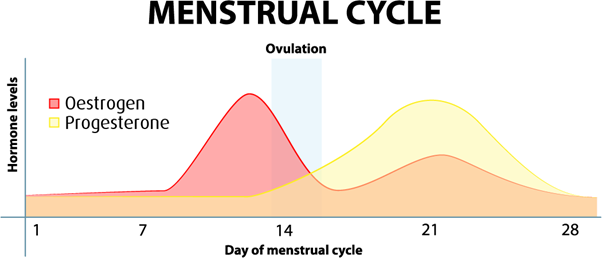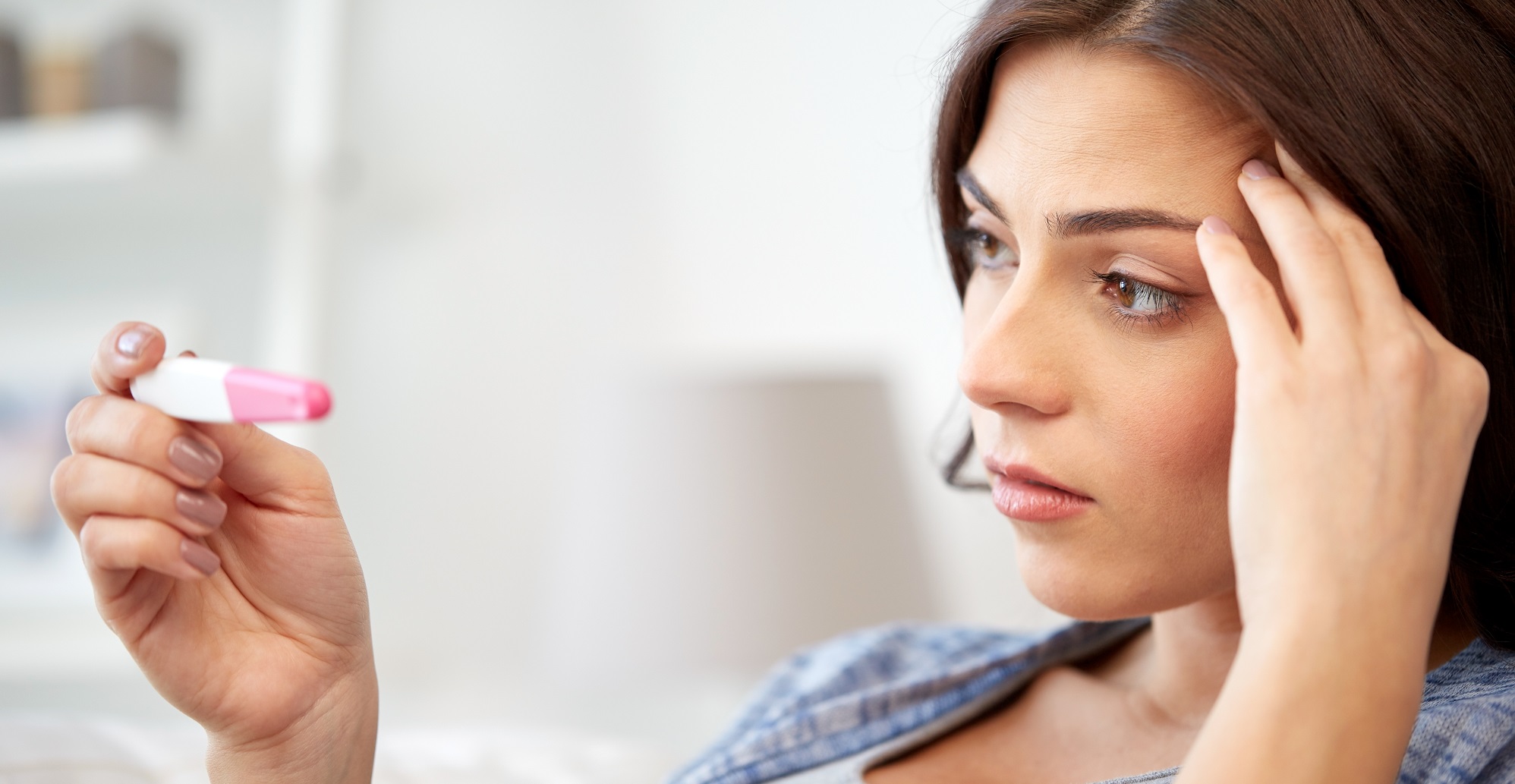Premenstrual Syndrome (PMS) : Fact or Fiction?
Does PMS exist? Have you ever felt cranky, irritable, emotional or had headache, abdominal bloating or constantly craving food before your period starts? You are not alone! PMS is a very common condition affecting more than 90 percent of menstruating women. PMS symptoms start 5 to 11 days before menstruation and typically go away once menstruation begins.

What are the symptoms?
- abdominal bloating
- abdominal pain
- sore breast
- acne
- food cravings, especially for sweets
- constipation
- diarrhea
- headaches
- sensitivity to light or sound
- fatigue
- irritability
- changes in sleep patterns
- anxiety
- depression
- sadness
- emotional outbursts

What causes PMS?
It’s caused by the changing hormones! Oestrogen rises during the first half of the menstrual cycle and drops during the second half. In some women, serotonin levels (happy hormone) stay mostly steady. But in women with PMS, serotonin drops as oestrogen drops. This means serotonin is lowest in the 2 weeks before the period. Women with low serotonin levels are likely to have PMS symptoms.

How to know if you have PMS?
- Visualize your premenstrual phase: Count back 14 days before each period began.
- Look for patterns: Do any symptoms regularly come up in the premenstrual phase? Or are they distributed throughout your cycle? You might be surprised to learn that the constipation or mood swings you thought only occurred premenstrually are actually happening throughout your cycle.
- Assess severity: Are any symptoms severe enough to impact your life in some way? Missing work or school may indicate a moderate/severe case of PMS.
How can you relieve PMS symptoms?
- Do regular aerobic physical activity throughout the month. Exercise can help with symptoms such as depression, difficulty concentrating, and fatigue.
- Eat healthy foods most of the time. Avoiding foods and drinks with caffeine, salt, and sugar in the two weeks before your period may lessen many PMS symptoms.
- Get enough sleep daily. Try to get about eight hours of sleep each night.
- Find healthy ways to cope with stress Talk to your friends or write in a journal. Yoga, massage or meditation can be helpful as well.
- Don’t smoke. Women who smoked reported more PMS symptoms and worse PMS symptoms than women who did not smoke.
When to see a doctor?
You should see your doctor if physical pain, mood swings, and other symptoms start to affect your daily life, or if your symptoms don’t go away as they may be other underlying causes. Download Doc2Us and talk to our doctors if you need!
Reference
1. Understanding PMS and Your Cycle








